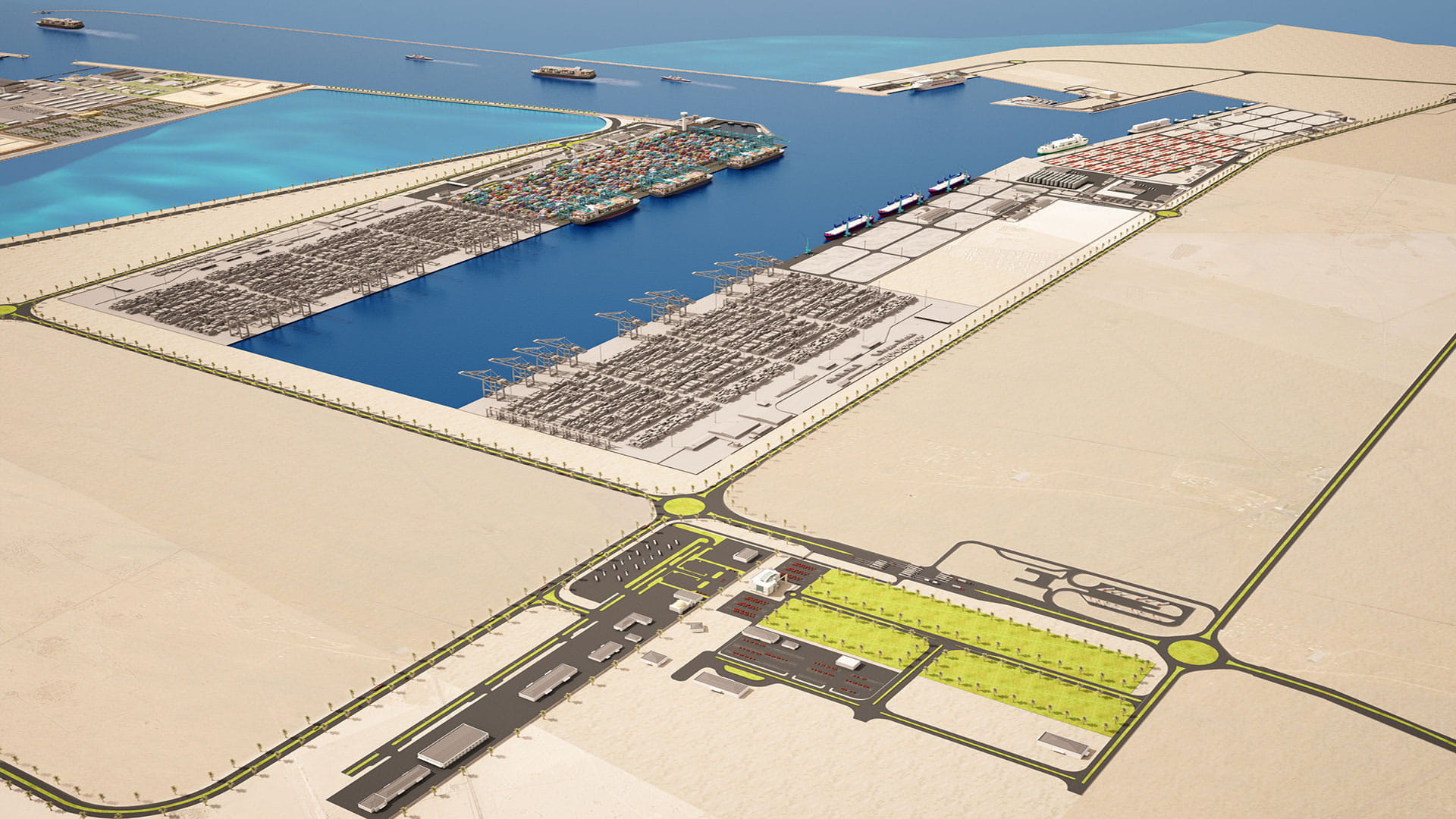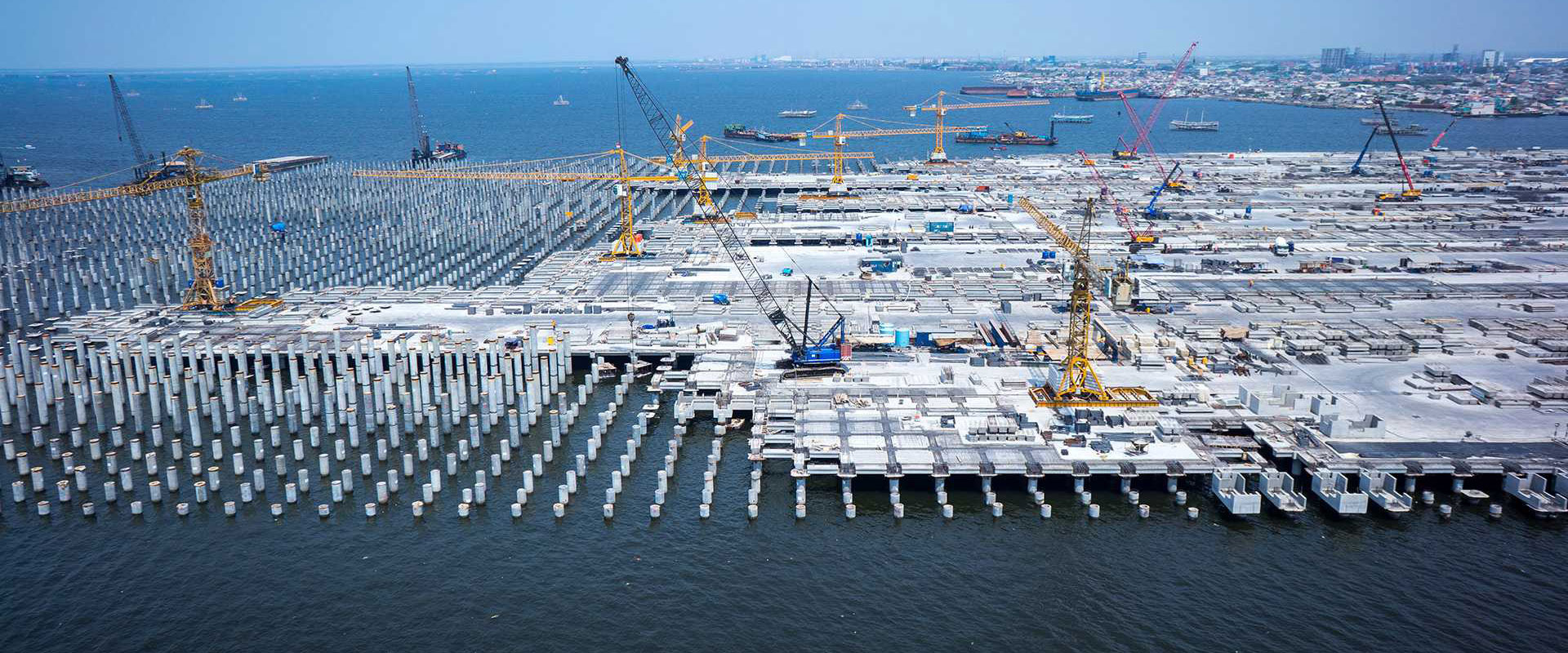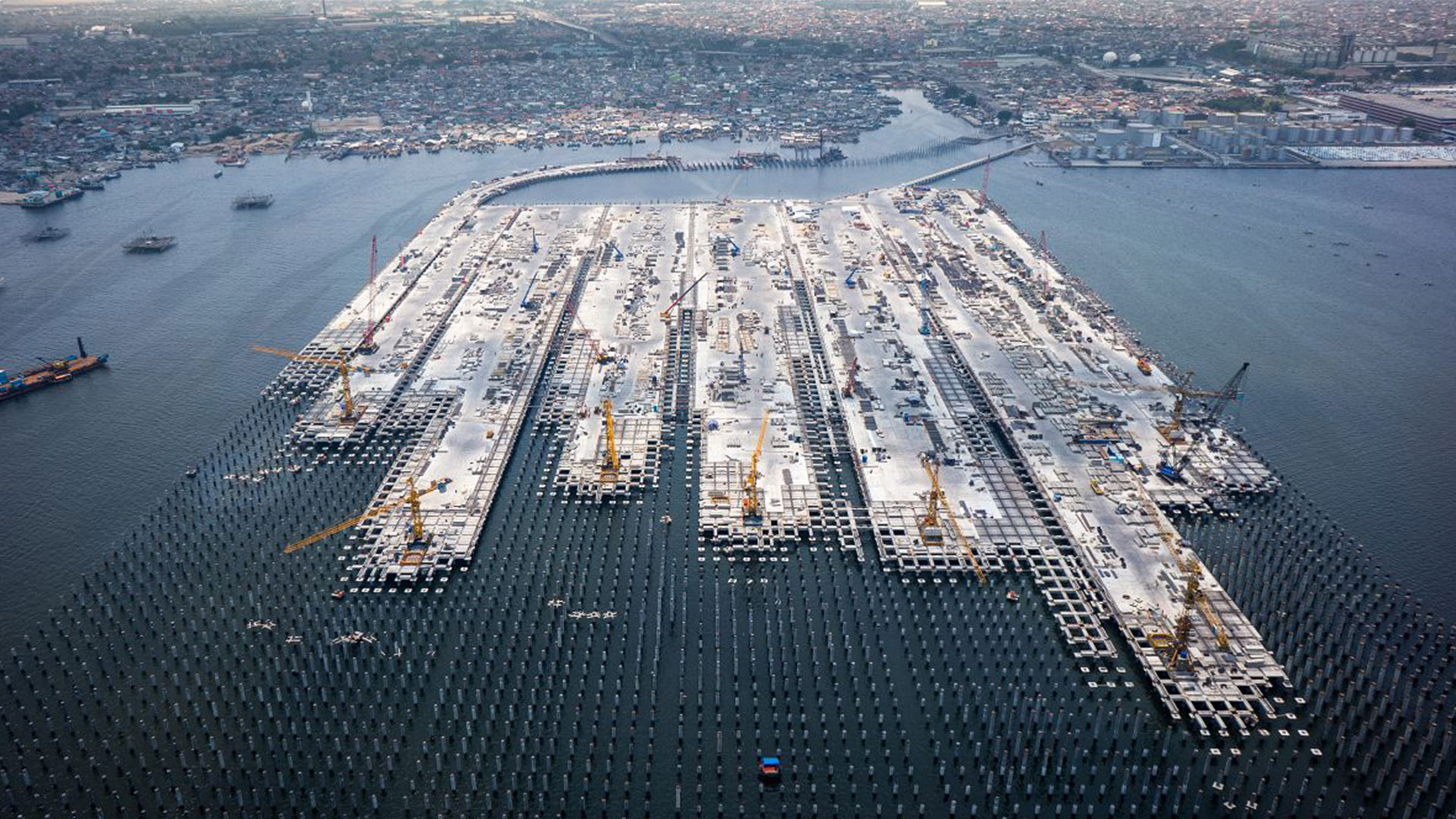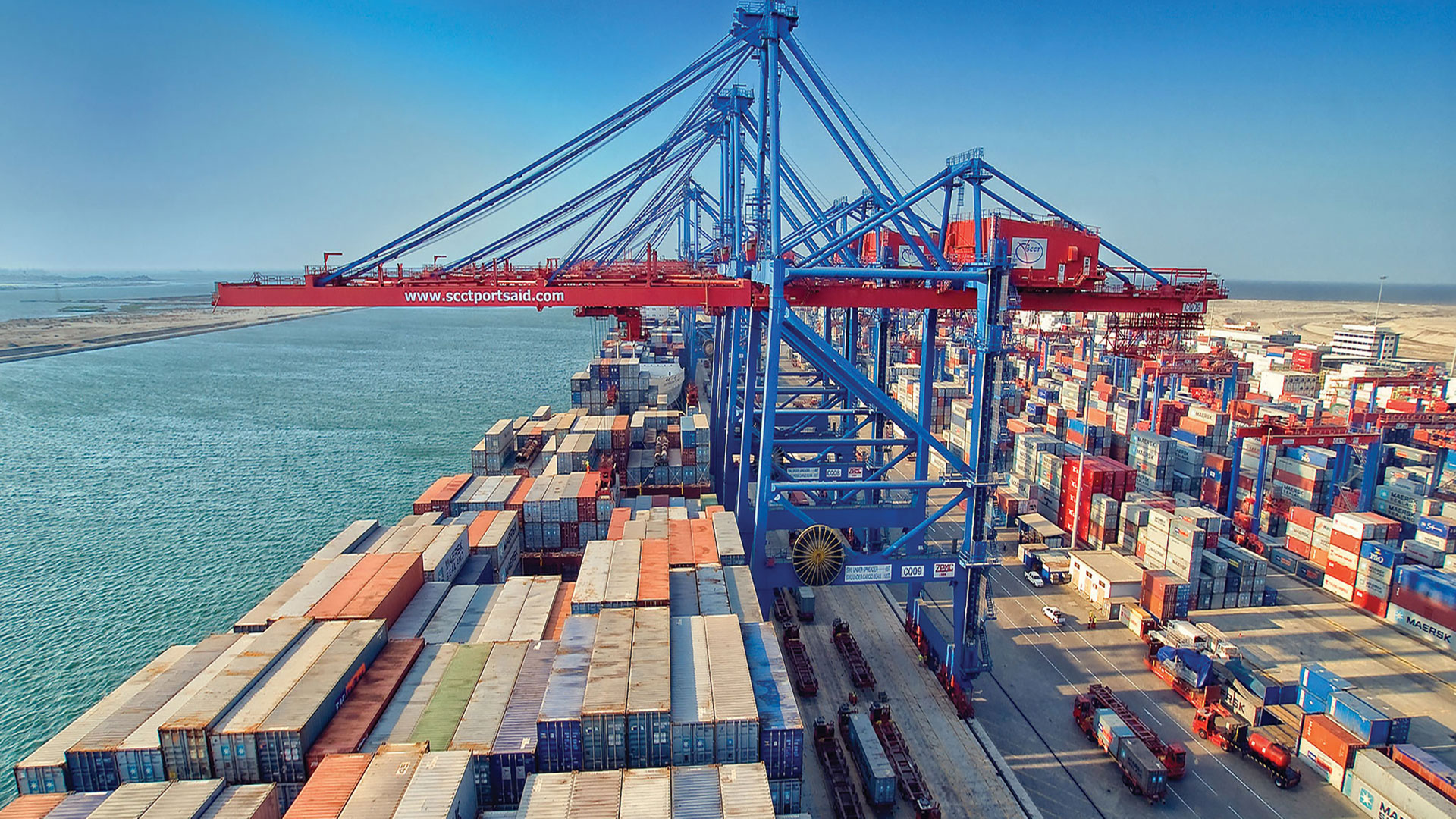Masterplanning for Doha New Port in Qatar

Project facts
- ClientThe Doha New Port Project Steering Committee
- LocationDoha Port, Qatar
- ChallengeTo develop detailed design and specifications as well as technical tender support on the New Port Project
- SolutionWe delivered input into master planning, dredging and excavation, site formation, breakwaters and revetments, 8km of quay walls, navigational aids and VTS, port security and port equipment.
- Period2016
The challenge: an inner-city port could not keep up with demand
Doha’s original port was intimately connected to the city and could only be accessed through it. As the city grew, transport links into the port became more complex and vessel sizes increased beyond the port’s limited water depth.
It was necessary to move the port and start fresh at a greenfield site outside the city. The new port would need to accommodate grain and livestock imports as well as provide access for the world’s largest container vessels.
The Doha New Port Project Steering Committee invited bids for the design consultancy of the new port. Our experience working on similar scale projects put us in the best position to ensure the Doha New Port was a success.
The solution: a new port built outside the city to boost capacity
The Doha New Port Project Steering Committee commissioned WorleyParsons with Royal HaskoningDHV to develop a masterplan, detailed design and specifications, and technical tender support.
We won the bid with our positive outlook on the project and shared desire with the committee to minimise disruption to the new port location’s ecology, particularly to areas of seagrass.
Our input included:
- masterplanning
- dredging and excavation
- site formation
- breakwaters and revetments
- eight kilometres of quay walls
- navigational aids and VTS
- port security and equipment
We established a concept to build the port inland with a narrow entrance channel through the coastal zone to minimise environmental damage. Building the new port inland also meant the quay walls could be built in the dry – the 17-metre-deep port could be dug and secured before water was allowed in.
The committee elected to build the port in one go rather than in a phased approach to take the opportunity to build as much as possible in the dry and avoid the disruption associated with a future construction phase.
We also consulted on the provision of power for the port, ensuring every piece of infrastructure, such as container cranes, had the power it needed. At the same time, we made provision for shore power in our designs to avoid ships having to run their generators while in port.
The quay wall completion formed the original critical path for the project and the completion of this major milestone ahead of the schedule is an achievement that we could be all proud of.
The result: an effective trade route to support a growing economy
The design included eight kilometres of quay walls divided into three terminals, giving the port the flexibility to have up to three different terminal operators.
Now constructed and operational, the port has created a much more effective route for cargo, driving the country’s economic growth – even facilitating the shipments of construction materials and goods required for Qatar to host the FIFA World Cup.
Moving the port away from the city has taken the heavy goods pipeline away from the city centre, simplifying logistics in the area and creating a better environment for Doha’s residents.




